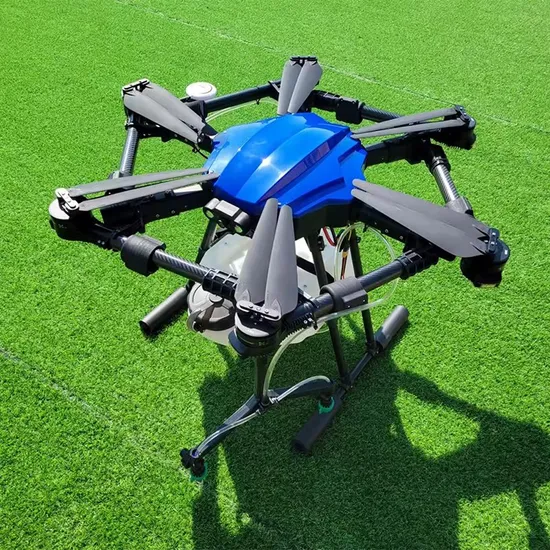
Wings Over the Ice: How Chinese Agri-Drones Are Tending Greenland’s Hardy Farms
Greenland’s countryside, a stark yet resilient tapestry of frost-kissed valleys, rocky pastures, and family homesteads clinging to the island’s southern tip, is a land where agriculture defies the odds. For generations, Grønlændere (Greenlanders) have tilled this soil—most on farms no larger than 5 hectares—growing hardy potatoes, carrots, and kale, while raising sheep and dairy cows that sustain local communities. Yet beneath this rugged beauty, challenges fester. A shrinking population (over 40% of Greenlanders live in Nuuk, the capital), a growing season lasting just 90 days, and a climate growing harsher with each decade—colder winters, unpredictable spring thaws—threaten the survival of these intimate, tradition-bound operations. It’s here, amid the crunch of snow and the bleat of sheep, that an unlikely helper has taken flight: agricultural drones imported from China, now gliding over Greenlandic fields to prove that even in the world’s northernmost farmlands, innovation can nurture tradition.
Greenland’s Farms: Small Plots, Big Struggles
Greenlandic agriculture is defined by its tenacity. In the fertile Sønderjylland region near Nuuk, farmers grow kartofler (potatoes) and gulerødder (carrots) in soil enriched with seaweed and sheep manure. On the island’s eastern coast, sheep graze on wind-swept hills, their wool a lifeline for local artisans. Yet for all its charm, farming here is a daily battle against the elements.
“On our 3-hectare farm in Qaqortoq, we hand-spray fertilizer every spring,” says Ingrid Nielsen, a 58-year-old farmer. “It takes two days, and half the chemicals blow away in the wind or seep into the rocky soil. Last year, a late frost killed 30% of our kale. Young people? They’re in Nuuk now, studying or working in shops. Who will keep this farm going?”
Climate change has sharpened these strains. Warmer temperatures melt permafrost, destabilizing pastures, while stronger winds erode topsoil. Greenland’s push to reduce chemical use (a key goal of its Greenlandic Agricultural Strategy) demands smarter tools. “We need to protect our land and feed our families,” adds Lars Hansen, who runs a small dairy cooperative in Narsaq. “But monitoring 10 hectares of hills for overgrowth? Impossible on foot. My hands are full just fixing fences in the snow.”
Drones Built for Greenland’s Frost and Fury
When we first explored exporting to Greenland, we didn’t just send drones built for milder climates. We studied the island: its subzero winters, rocky terrain, and the quiet pride of its farmers in “farming with kraft (strength).” What emerged was a machine built not just for Greenland’s challenges, but for its culture of self-reliance and deep bond with the land.
Frozen-proof and wind-ready: With a carbon-fiber frame rated for -30°C and reinforced propellers to withstand 70 km/h gusts, our drones thrive in Greenland’s harsh conditions. Their heated batteries retain charge even after hours of hovering over snowdrifts—critical for farmers working long days in freezing winds. “In the past, my old sprayer froze solid after 10 minutes,” Ingrid laughs. “This drone? It fires up first try, even after a night in the shed. It’s tougher than my sheepdog!”
Precision for micro-plots: Multispectral sensors map crop health at the leaf level, flagging early signs of frost damage or nutrient deficiency. For Lars’ dairy cooperative, this meant identifying overgrazed patches before they degraded—saving 25% of their pasture last winter. “The drone shows me where the grass is thin,” he explains. “Now I move the sheep smarter. No more mud holes, no more lost lambs. The vet even uses our data to advise on feed.”
Simple enough for elders, smart enough for youth: Many Greenlandic farmers are tech-curious but value tradition. We designed a Danish-language app with one-touch “health scan” and “spray plan” modes, paired with workshops led by local agronomists in community halls, over kaffe med smør (coffee with butter) and røget laks (smoked salmon). “I thought drones were for Nuuk’s tech kids,” admits Ingrid’s grandson, Mikkel, now a farm hand. “But after the training? I flew one myself. It’s like using a high-end camera—intuitive, and it makes me feel like I’m protecting our farm for the future. Now I’m teaching my nonna how to read the maps. It’s bringing us closer.”
More Than Machines: Trust in the Heart of the Arctic
In Greenland, trust is earned over kaffe med smør and stories of surviving blizzards. We didn’t just drop off drones; we partnered with the Grønlands Landbrugsråd (Greenland Agricultural Council) to host “drone field days,” where farmers tested our tech alongside traditional methods. At a potato farm in Qaqortoq, growers compared drone-sprayed plots to hand-sprayed ones—finding 40% less chemical runoff and 15% higher yields. At a sheep ranch in Narsaq, managers used drone data to rotate grazing, boosting wool quality by 20%.
“Greenlandic farmers are stubborn but practical,” says the council’s rep, Sofie. “They need to see results, not specs. Once they do? They become our biggest fans.”
That trust deepened when we adapted to their reality. During last year’s record cold snap, we rushed heated nozzles to farmers using our drones. When Ingrid struggled to map steep, rocky pastures, our engineers updated the flight algorithm to hug contours—avoiding crashes into stone walls. “You didn’t just sell us a tool,” Lars says. “You stayed when the snow was hip-deep. That’s tillid (trust).”
Today, drones are quietly transforming Greenlandic farming:
-
Potato Farms (Qaqortoq): Ingrid now monitors her crop weekly, cutting chemical use by 45% and saving 20% of her harvest. “My potatoes taste the same, but my grandson’s staying. He sees a future here—with drones.”
-
Dairy Cooperatives (Narsaq): Lars’ group uses drones to optimize pasture rotation, boosting milk production by 18%. “Richer grass means richer cheese. Our skyr now wins awards at Nuuk’s farmers’ market—and tourists love hearing about our ‘drone-tended’ cows.”
-
Sheep Ranches (East Coast): Mikkel’s team uses drones to spot early signs of foot rot, treating small outbreaks before they spread. “Last year, we saved 30% of our herd. The drone is our new scout—faster and kinder to the hills.”
A Partnership Rooted in Respect and Resilience
What began as a business venture has become a collaboration. Greenlandic farmers teach us about their land: how drones handle the island’s sudden coastal fogs, which crops (like isbjørnebær cloudberries) need gentler spray settings, even which local phrases make training stick (“¡Vær med, dronie!*”—“Come on, drone!”—is now our workshop cheer). In return, we’re refining our drones: larger tanks for Qaqortoq’s bigger potato fields, quieter motors to avoid spooking sheep, and solar panels to extend flight time in long winter nights.
As Greenland aims to increase agricultural self-sufficiency by 2030, drones offer more than efficiency—they offer hope. They let young farmers like Mikkel see a future where technology and tradition coexist. They let elders like Ingrid pass down farming wisdom without burning out. And they let this Arctic nation prove that even in a world of industrial farms, small plots can thrive with tools that respect the earth.
So when you next see a drone gliding over Greenlandic potato fields or sheep pastures, know this: it’s not just flying. It’s carrying the dreams of a community, the lessons of a factory halfway across the world, and the quiet belief that the best innovations honor the past while nurturing the future.
After all, in a land where the soil is rich with resilience, progress should feel like coming home—warmer, wiser, and ready to grow.
THE END

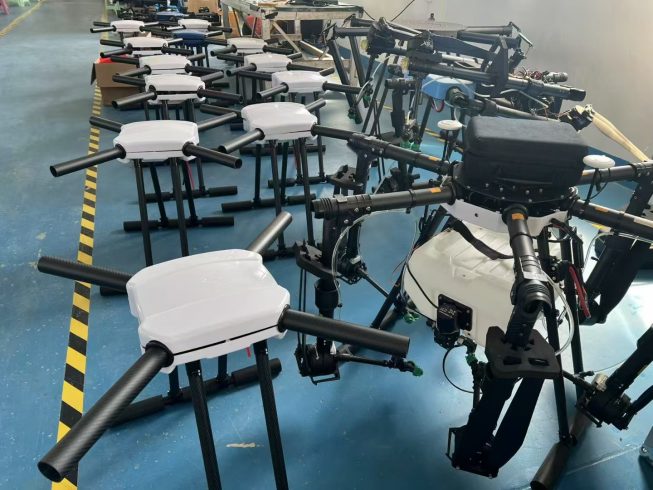
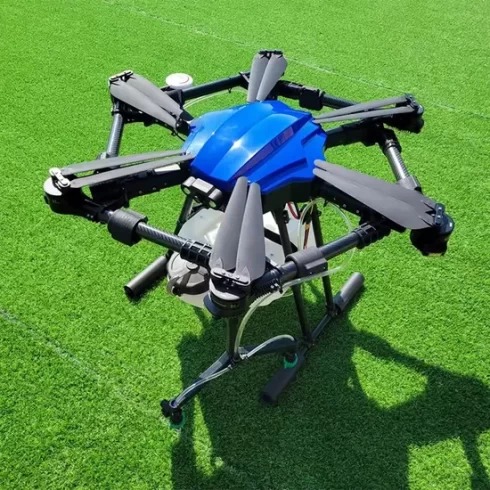
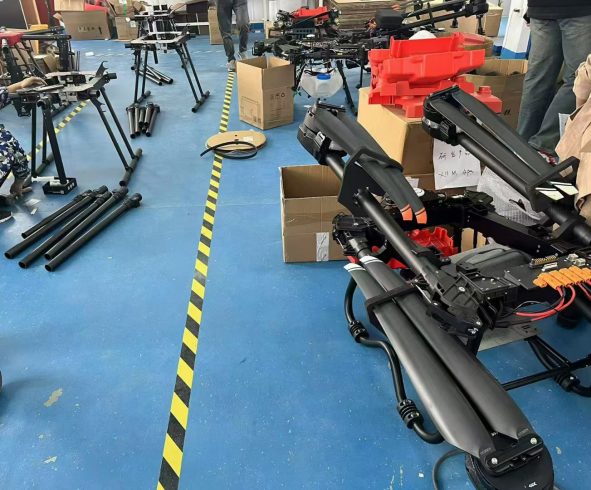
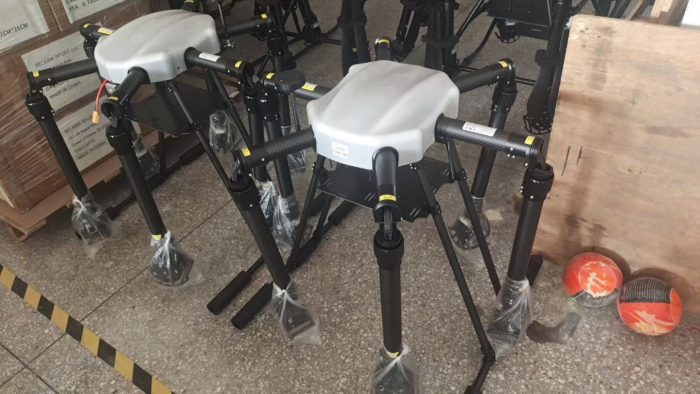
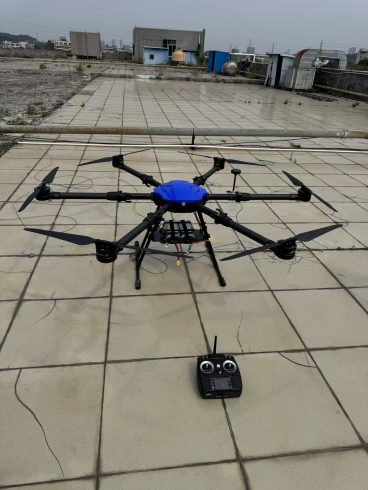
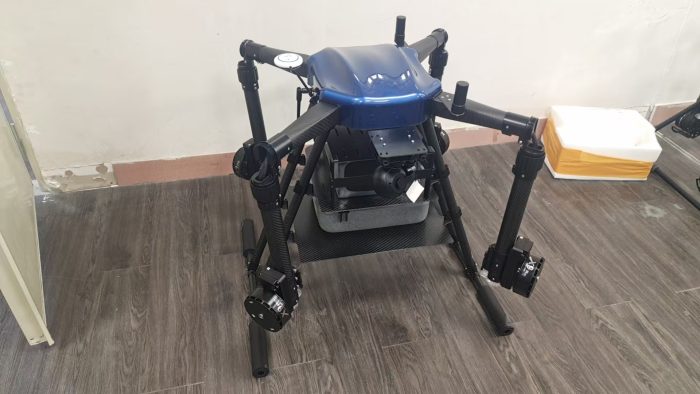
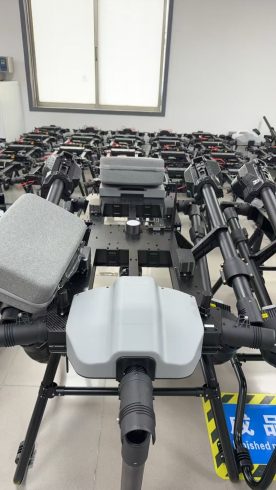

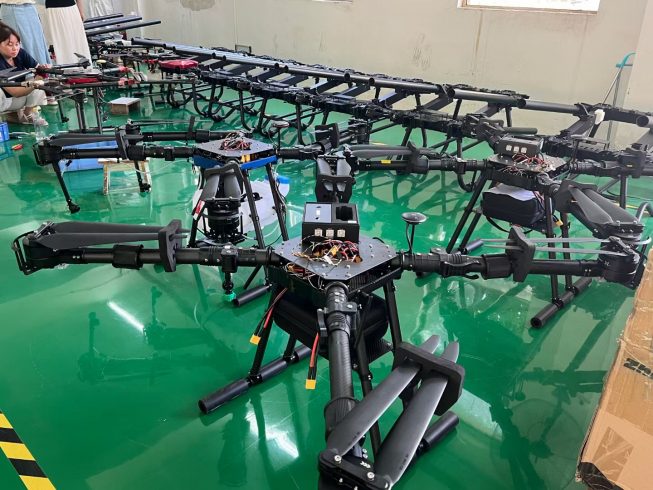

暂无评论内容